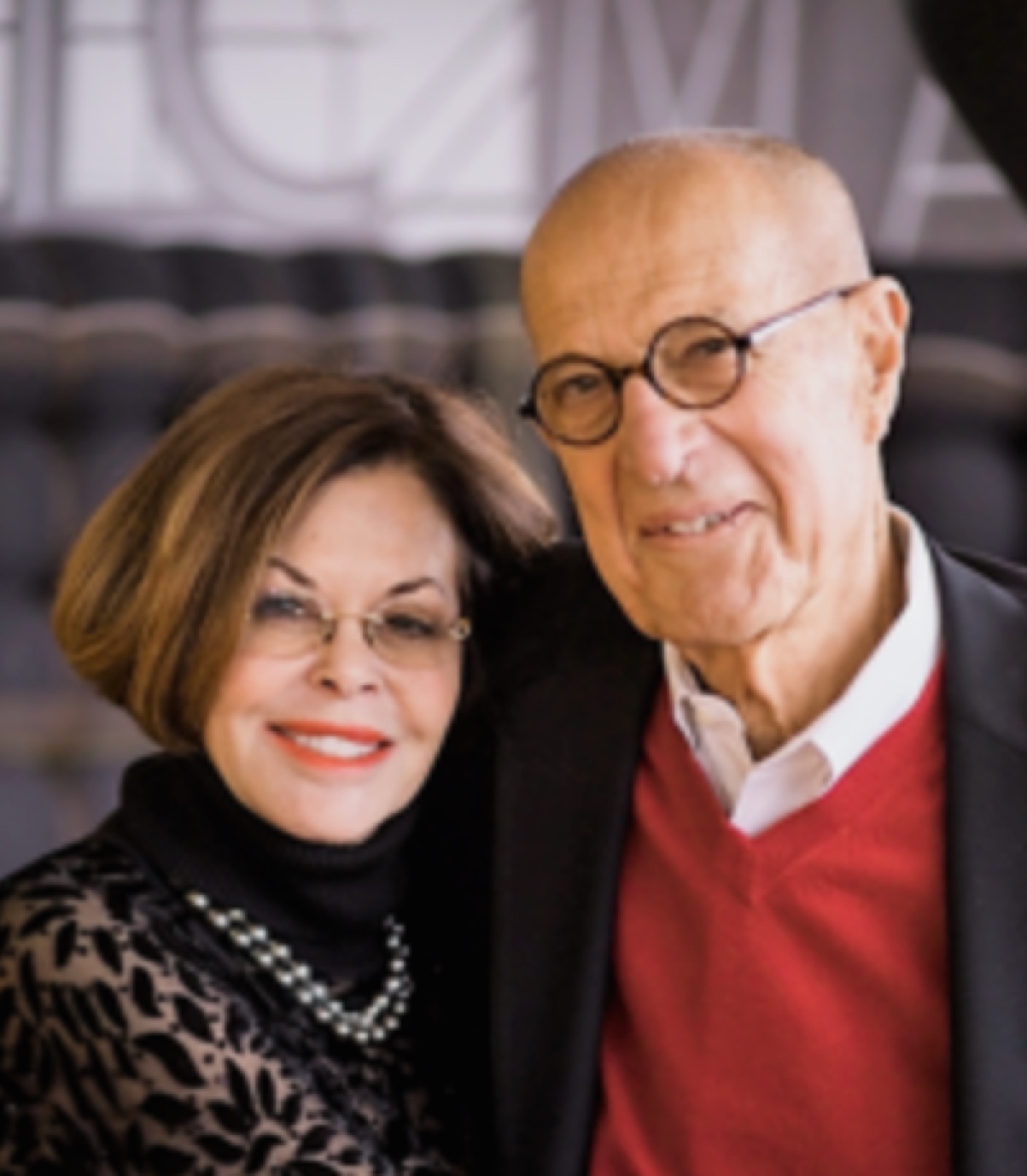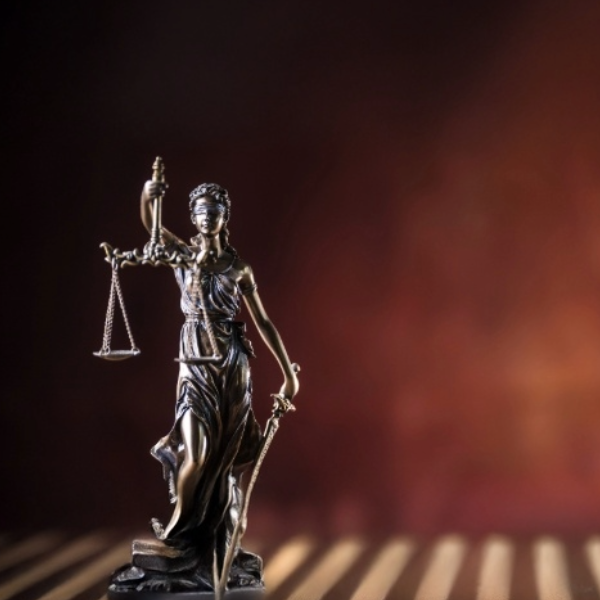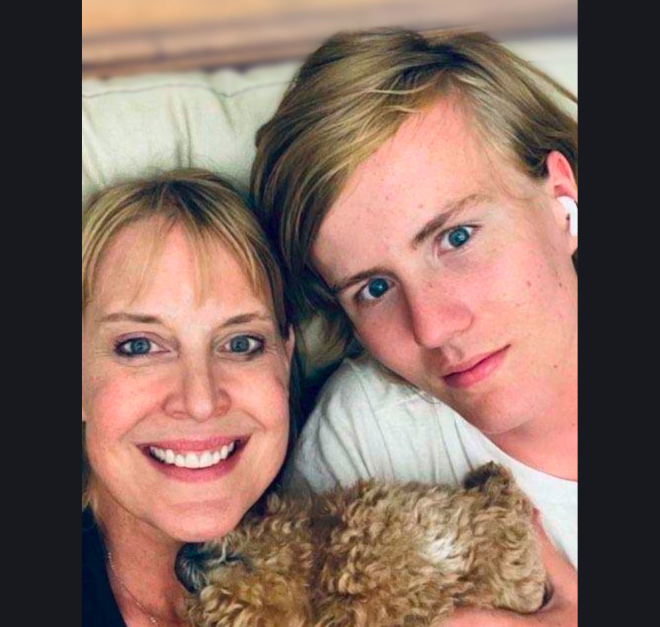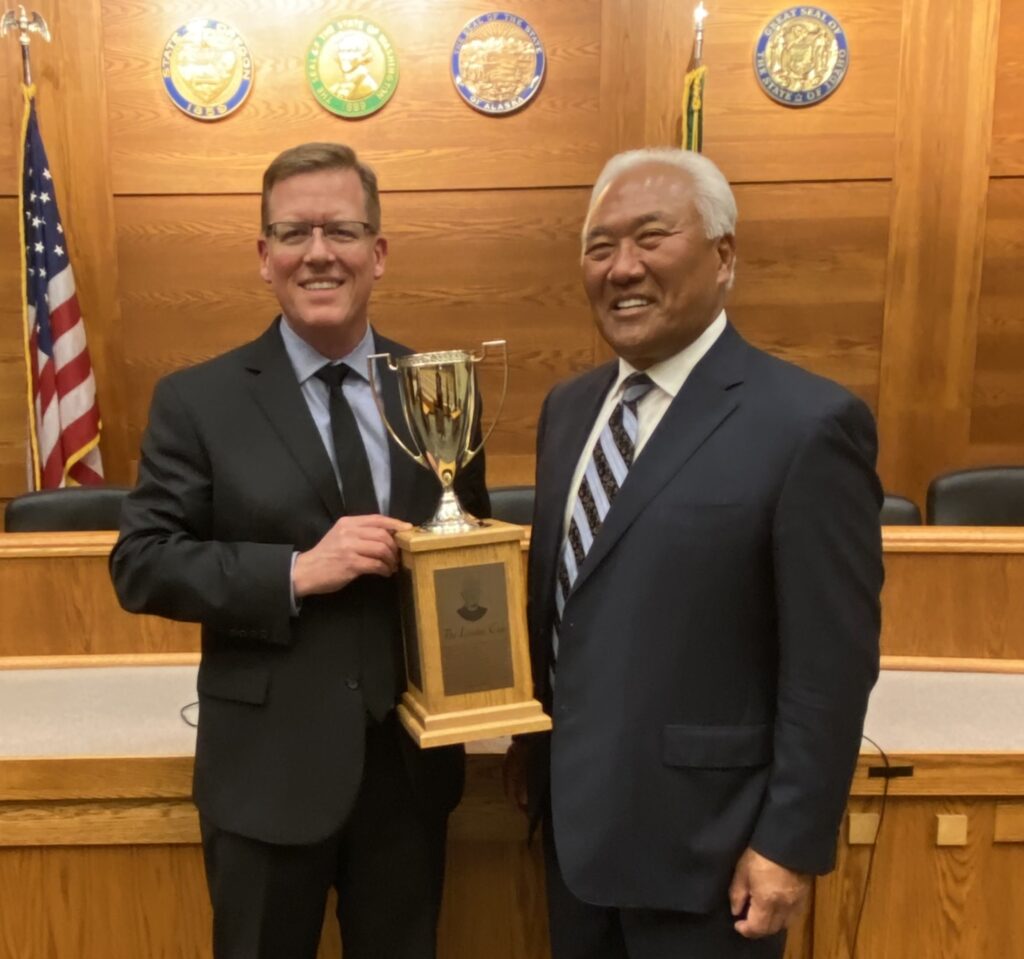It’s often said that two heads are better than one, but the partnership of Luvera Law Firm founders Paul Luvera and Lita Barnett-Luvera proves that the two right minds together can be simply extraordinary.
As renowned trial attorneys, the Luveras have been at the forefront of some of the most significant plaintiff’s cases in Washington and the nation at large, fighting for safety and accountability and setting records with multimillion-dollar verdicts and settlements. Their high-profile cases include serving as lead counsel for the State of Washington in its lawsuit against the tobacco industry, representing victims of the Washington, D.C. beltway sniper attacks against the gun manufacturer, and many others. Their work has expanded access to domestic violence services and helped make everything from oil pipelines to medical devices safer for consumers.
With a partnership built on trust and innovation, Paul and Lita tackled their latest endeavor – writing a guidebook on trial advocacy – as they have most things: together. Luvera on Advocacy provides practical insight into skills for trial lawyers, anchored in a deep understanding of personal communication, psychology and human nature honed over six decades preparing for and prevailing in the courtroom.
We recently sat down with the Luveras to discuss everything from the art of persuasion and communication to the very tactics that have made their partnership a success.
First, let’s start out discussing your book, Luvera on Advocacy. Paul, you’ve been a prolific lecturer, mentor and writer across legal forums for years, what made you decide to write a book?
Paul: I was asked to write a column for the Washington State Association for Justice on a monthly basis and Lita was very much involved, because I would draft something and give it to her for her thoughts. We’ve been writing together like this the last few years, and over that time, we accumulated a number of columns. Finally, it occurred to me that we should rework these into a book that acted as an advocacy trial guide. From there, we began editing and choosing the columns that we wanted to adapt to this new framework and develop a set of criteria to help us shape the flow and logic of the text.
How did you choose material to include?
Lita: We knew we wanted to focus on advocacy, Neural Linguistic Programming and framing with the idea of gearing the text to younger lawyers or lawyers who were just starting trial practice. With that in mind, we recognized that younger lawyers don’t always have a background in the psychology of advocacy – they’re usually just focused on questions like: how do I cross examine, how do I direct examine? We thought changing the tenor of what we were writing about would help them elevate their thinking to a more strategic level, instead of focusing on tactical “to-dos.”
Paul: We also focused on persuasion and communication – there’s a lot of foundational lessons from those fields that can enhance a trial lawyer’s strategy, including figuring out what appeals to people and how to frame it in the best possible way.
In a broad sense, our communications need to be very simple, understandable, and straightforward. If you don’t do that, you cause confusion. If you cause confusion, people don’t just say, “I’m not getting it,” instead, they blame the speaker. So, we start off with the basic concept of framing – are we going to call it “logging” or “deforestation?” How you describe something is important.
Next, you’re trying to decide sequence – when you’re going to present your strongest, most relevant information, and where you’re going to add your weakest argument. Finally, there’s the importance of point of view, you’ll want to understand who your audience is to tie all these elements together and craft a meaningful argument.
We know that you had such a diversity of clients, especially early on in your careers. Can you talk a little more about that?
Lita: When I first started working with Paul in the late seventies, we had a very general practice including trial involving divorce and other litigation, and while that was wonderful for the trial experience, what we both really enjoyed was doing personal injury and medical malpractice. After a few years, we decided that we were going to cut back on the large variety of cases and focus on what we thought we would enjoy the most.
Paul: I was blessed by my becoming a lawyer at an early time when Washington law had virtually no discovery. There weren’t any depositions, so cases were tried without knowing who the witnesses were or what they would say when they were first called to the stand. Because of this, you had to be quick on your feet or suffer the consequences. This was a different time, because people came to watch trials as a form of entertainment – and the trials usually were completed much more quickly than they are today. In fact, I was once hired as local counsel for a lawsuit centered in Skagit County that lasted six weeks – which was the longest trial in the history of the county at that time.
Then, as Lita said, our practice evolved as we achieved success – bigger cases were referred to us, so we began to spend more time in the injury field. I did defense work for a couple of years until I had a case where I told the company that they should settle the case, and instead, they went to trial. The verdict ended up being for more than the insurance, just as I predicted. I decided to quit representing insurance companies because I hated the lack of control. But these were all great learning experiences for me, so in writing this book, we tried to cover the things that would be helpful to somebody in these situations.
In your experience, how have you seen the profession evolving in recent years?
Paul: For more than a decade, there’s been a far greater tendency to settle cases, and there’s been far fewer cases tried.
The result is that when someone reaches out looking for advice, they often want to hear my opinion on the question of going to trial – but the answer is always relatively complex. On the one hand, young lawyers want trial experience, but they have an obligation to the client not to take bad cases to trial just so they can have the experience of doing it. That’s why focus group studies are so important and why advice from other lawyers about the case can be significant in making that decision. At the end of the day, communication is really about relationship between people, and lawyers need to do what’s best in the interest of their client.
Because our book deals with the foundations of communication, the strategies are applicable across the spectrum of trial advocacy, negotiation and mediation.
Lita, you’ve long been known as an expert in witness preparation. I wonder if you could talk a little bit about your approach.
Lita: Noting first impressions is one of the most important things a trial lawyer can do when they’re interviewing a client and deciding to take a case. Impressions can show you the client’s flaws and strengths, and you can also see relationships play out and determine how people interact with each other by studying their body language. All of this can be very helpful when you reach the point of preparing a client for deposition or testimony.
Of course, witness preparation requires a tremendous amount of time. And most lawyers are so busy on liability and causation that they don’t spend the time with clients. When we would have referrals from other law firms, they would want to schedule the client preparation on the day of the deposition, and I said, absolutely not. I discovered that when you were preparing a client, the best place you could have them is in their home. That way, you see things that you wouldn’t otherwise realize—you could go through photo albums for example, and really get a sense of the client and their relationship with others.
I always told my clients that I just wanted to get to know them better, and this process usually would take four to six hours. Then, when I prepared the client for the deposition, I already knew their story because they’d told it to me months ago, and I was able to come up with some framing that could help us tell it successfully.
Another important part of the preparation process was the grooming and appearance – you never get a second chance to make a first impression, and I wanted that first impression to be a good one for a defense counsel, insurance adjusters or jurors. So, I would take clients to the salon, or help them pick out their clothes. Witness preparation is about a lot more than just the uncovering the facts of the case.
Paul: I was totally dependent upon Lita for doing this; in fact, I would get sheets of notes from her that would help me during trial. For example, she would remind me to ask about certain details that would best demonstrate a client’s emotional state. I used Lita’s notes as an outline for developing the questions to ask clients and witnesses she had interviewed and prepared for trial. Her notes also called out events and facts that triggered stories. On occasion, we even ran focus studies and used psychodrama and reenactment to help our clients remember how they felt, using these notes as an anchor for when we went to trial.
The key to our thinking was this: if you perceive a trial to be a situation where people will rationally and intellectually analyze evidence, weigh it, and decide who has the most persuasive argument then you’re not setting yourself or your client up for success. On the other hand, if you think a trial is a place where people on the jury filter past experiences and biases before arriving at a decision, you’ll realize that if you don’t tell them the story, they will make it up themselves. Research has demonstrated that the majority of the time, people decide on the basis of general impressions. They subconsciously apply their past experience, their values and general emotional biases to the facts in arriving at decisions.
By that, I don’t mean that people do irrational things. I mean that their value systems dictate how they perceive facts – so people will try to do the right thing based off of those values, and that’s how they will rationalize their decisions. Great trial lawyers understand this process and the importance of telling a client’s story – and the witness preparation by Lita was a key part of that.
Can you talk a little bit about the partnerships you developed at the firm?
Paul: We’ve kept an eye out for lawyers who have shown great trial skills and ability to become part of our law partnership work with us. We are fortunate to have really talented lawyers, and we were able to divide up the cases and the work. The men and women we found were so talented we could always count on them to do an excellent job of preparing and helping to try our cases. So even if I never took the deposition of the witness on the stand, when I went to trial, I was confident because I knew one of the outstanding lawyers who were members of the firm had handled it. Everyone at the firm has the same goals and the same viewpoint that our first duty was always to represent our clients to the best of our joint ability, and that was one of the reasons we were successful.
And what about the partnership between the two of you?
Lita: In 1978, Paul framed a picture of two of us and put a caption on the bottom that said, “we make a winning pair.” And for the years we worked together, that sentiment was absolutely true, and we continue to maintain that attitude to this day. We’ve always had a strong and supportive relationship, and our goals were always the same: to get full justice for our clients.
Paul: The advantage of spending 24 hours a day, every day together is that you have a full appreciation of what the other spouse is going through. Marriage can be a lot like trial with all the stress and challenges involved. When you experience it together all the time, it’s the acid test – you’re either going to have a wonderful time, or it’s going to be quickly apparent that you don’t belong with each other. For us, over the past forty-plus years, it has been a blessing.
Lita: My mantra always was throughout our career that I wasn’t above Paul, but I wasn’t below Paul. I was always by his side. So, we had a very loyal, compassionate relationship with each other, where there was a great deal of respect. And, you know, there’s a Country-Western song by, Don Williams that we both love, and one of the lyrics says: “You’re my anchor in life’s ocean, but most of all, you’re my best friend.”
Luvera on Advocacy is available online from Trial Guides.







